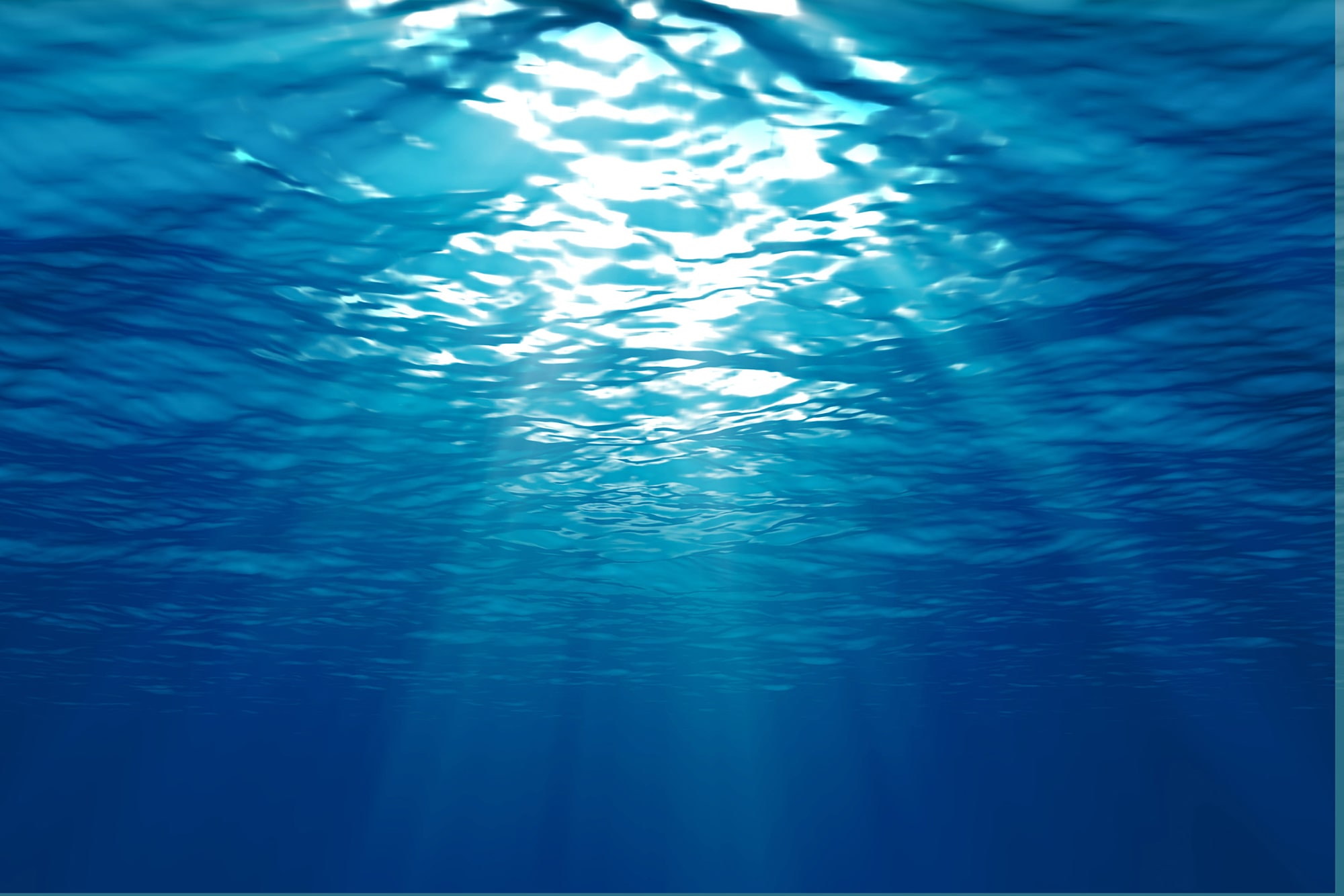« Excuse me, are you a bubbler? »
Saturday morning, 7am, 29th of September, Lake Orta, Italy
It’s a rainy morning at Lake Orta, which lies peacefully among mountains and the charming villages in the region of Lombardy. A group of about twenty researchers from the DAN DSL (Diving Safety Laboratory) and the Phypode Project have just gathered in this beautiful place and are waiting for the twenty SCUBA divers to find their way to the Dive Club “Sub Novara Laghi” for two days of field experiments.
Our main question for this weekend: How does a change in Oxygen partial pressure during the dive affect the diver, especially in the formation of bubbles in the human body? Researchers from over 12 countries, speaking more than 14 languages, have come together to answer this question – each one bringing new insights and techniques in the aim to hunt bubbles and measure a variety of other physiological parameters.
7:15 am – Last briefing with DSL coordinator Massimo Pieri and final adjustments to the machines. A precise timeline for today and Sunday hangs on the wall outside the dive club – so it won’t be easy to miss the appointment with the “Doppler-team” or the urine sampler. Elisa Pisciotti, DSL operator, makes sure everyone is on-site on time. An ambulance and the emergency staff for the rescue boat have also just arrived. Everything is ready to go.
Divers and Dive Profiles
Our divers, most of whom have already participated in past DAN Research events, are divided in two groups (recreational and technical divers). According to protocol, they will dive on Saturday and Sunday with the exact same conditions. The 10 recreational divers start their Saturday with a 30m air dive with 20 minutes bottom time. The technical group breathes trimix 21/69 at 45m for 10 minutes, then switches to trimix 50/40 at 21m for the remaining decompression time.
On Sunday, the dive profiles are kept the same, but the gas mixture in the tanks of the recreational group is changed to EAN32. The trimix group uses the same gas mixture as the previous day, but switches to 100% of oxygen during decompression at 6m below the surface.
Gazing out at the still waters of the lake, and watching the dive centre staff pack the boat for the first round of dives this morning, I wish I could join them… However, recalling the 7°C temperature of the second thermocline, I don’t feel bad for too long. Then, the DAN staff reminds me: There is work to do!
An In-depth Look at the Tests
Before the dive, every diver must go through a variety of tests that altogether can easily take up to 2 hours. These tests include: blood pressure measurements and urine sampling, blood samples to determine the amount of circulating microparticles, flow-mediated dilation measurements (a method to analyse vascular function), echocardiography and echo-doppler tests to detect bubbles, and laser-doppler for microvascular function. In addition, each diver has to perform several Critical Flicker Fusion Frequency (CFFF-) tests, an alertness test before, during, and after the dive, and a full-body thermoscan with an infrared camera. Another team investigates microcirculation, respiratory function and lung capacity of divers. The same set of tests is performed again after the dive. This gives us the possibility to compare the diver’s condition before and after diving.
After two days of dives, we will be able to analyse the influence of different breathing gas mixtures on the collected data. During a test, in the case that a diver asks for feedback regarding his health, the researcher will usually not answer right away because only after conducting a series of tests is the physical condition of the diver made clear. As an example, following the echocardiography, we immediately know who is a “bubbler” and who is not. From the CFFF-test, we might be able to say if the diver was more alert this morning than he was an hour after the dive. We can see the big picture once all the data is collected.
On Sunday at 7pm the event is over. The last test has been conducted and the dive gear packed up (at least for the divers!). Though, for the researchers, this is just the beginning, and now we need to start analysing.
3rd October, Brussels, Belgium
Looking back on the trip to Italy, I consider it to have been a great success. After two intense days spent with exceptionally interesting people, serious scientific discussion and a handful of new friends, it was difficult to say goodbye.
We collected an enormous amount of data and will be able to answer a few questions already, but there’s still much left to be done, and there are many new questions that will arise along the way.
The Phypode Project will continue for the next two years, and I look forward to participating in more events of this kind.
It is an inspiration to know that in the diving community there are those, such as volunteer divers and researchers, who continue to ask and answer questions related to dive safety, and make these events possible!
Special thanks goes out to all the volunteers, and especially to those who have spent time and effort to make this work…
Safe diving to all of you!
About the author
Frauke Tillmans is a biologist. She currently works as a researcher in the field of Diving Physiology at Haute Ecole Paul-Henri Spaak since September 2011. Her work focuses on the effect of preconditioning of divers on endothelial function and bubble formation during SCUBA-diving, and fatigue during SCUBA diving and oxidative stress in breath-hold diving. As a PhD student of the University of Ulm in Germany and in cooperation with Brugmann hospital in Brussels, she will also work on normobaric hyperoxia as adjuvant treatment in leukaemia.

